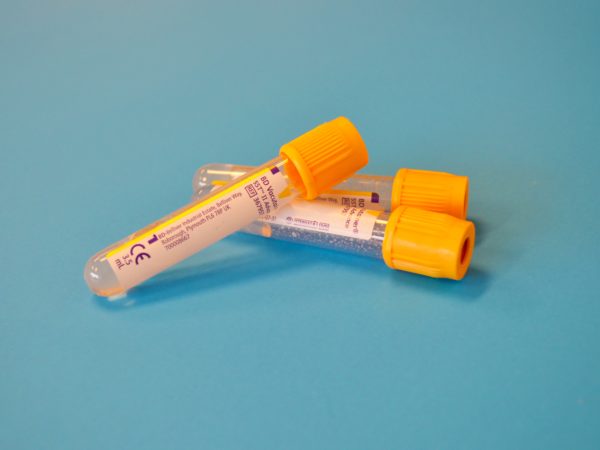Awareness of gender differences in heart disease could prevent the number one killer of women.
It is a scenario that is played out in emergency departments across Australia every day – a woman comes in with symptoms that don’t fit the archetypal case of heart attack. She is not complaining of severe chest pain or clutching her chest. Her symptoms of extreme fatigue or shortness of breath may mimic something else, so she slips down the queue.
If the woman is admitted to hospital with a heart attack (known as ”acute coronary syndrome”), she is more likely to have delayed treatment, and more likely to die.
For Dr Lisa Kuhn, Alfred Deakin Research Fellow, this inequitable situation has been a major research focus for the past decade.
“Heart disease remains the number one killer of women,” said Dr Kuhn, an emergency nurse and member of the Centre for Quality and Patient Safety Research (QPS) in Deakin’s School of Nursing and Midwifery.
Back in 2007, Dr Kuhn had a chance conversation with a colleague while working as a postgraduate emergency nursing lecturer.
“I heard about research from the US that highlighted the disparity between men and women who had life threatening cardiac events,” she said.
“I decided to do a PhD to look at the issue and found that in Victoria, women were treated differently too. Compared to men, women received delayed treatment, presented more often with atypical symptoms, and were less likely to be admitted to coronary care or intensive care. Women were also more likely to die in hospital than men.”
Dr Kuhn believes her work has stressed the need to reappraise decision making by clinicians when assessing patients for heart attacks and the processes involved in getting patients’ evidence-based care as quickly as possible.
[testimonial_text]There is a need to raise awareness of possible gender-related bias in management of heart attack patients.[/testimonial_text]
[testimonial_picture name=”Dr Lisa Kuhn” details=”Centre for Quality and Patient Safety Research”]
 [/testimonial_picture]
[/testimonial_picture]Dr Kuhn’s post-doctoral work involves developing a predictive model to see which women do not receive evidence-based care. She is looking at the role of factors such as mode of arrival in the emergency department, age and co-morbid illness, locality and socio-economic status.
“One of the issues is that most of the research on heart attacks is done on men. Even the diagnostic tools we use are based on research done on men, for example, angiography. Nurses are often told when caring for sick children that they are not ‘little adults,’ meaning we cannot treat them in exactly the same way, just with smaller doses – well the same goes with heart attacks; women are not simply smaller versions of men. They have blood vessels that behave differently when a coronary event is occurring. The role of hormones and other factors come into play.
“We have assumed for too long that heart disease in women and men is the same, but now we are starting to think that they are different conditions in men and women in a number of ways. Importantly, that this morbidity and mortality is avoidable, if clinicians learn and apply the growing body of evidence.
“There is still a long way to go, and there is still a lot we don’t understand. We should not be consigning a lot of women to preventable early death or a lifetime of heart failure by not acting quickly enough to limit the damage done to the heart,” said Dr Kuhn.
“It is my intention to make sure there is equity of access for all people with this killer disease.”
This article was published by Deakin Research on 8 March 2017.



